Home>Garden Essentials>Crop Rotation: What To Plant After Tomatoes
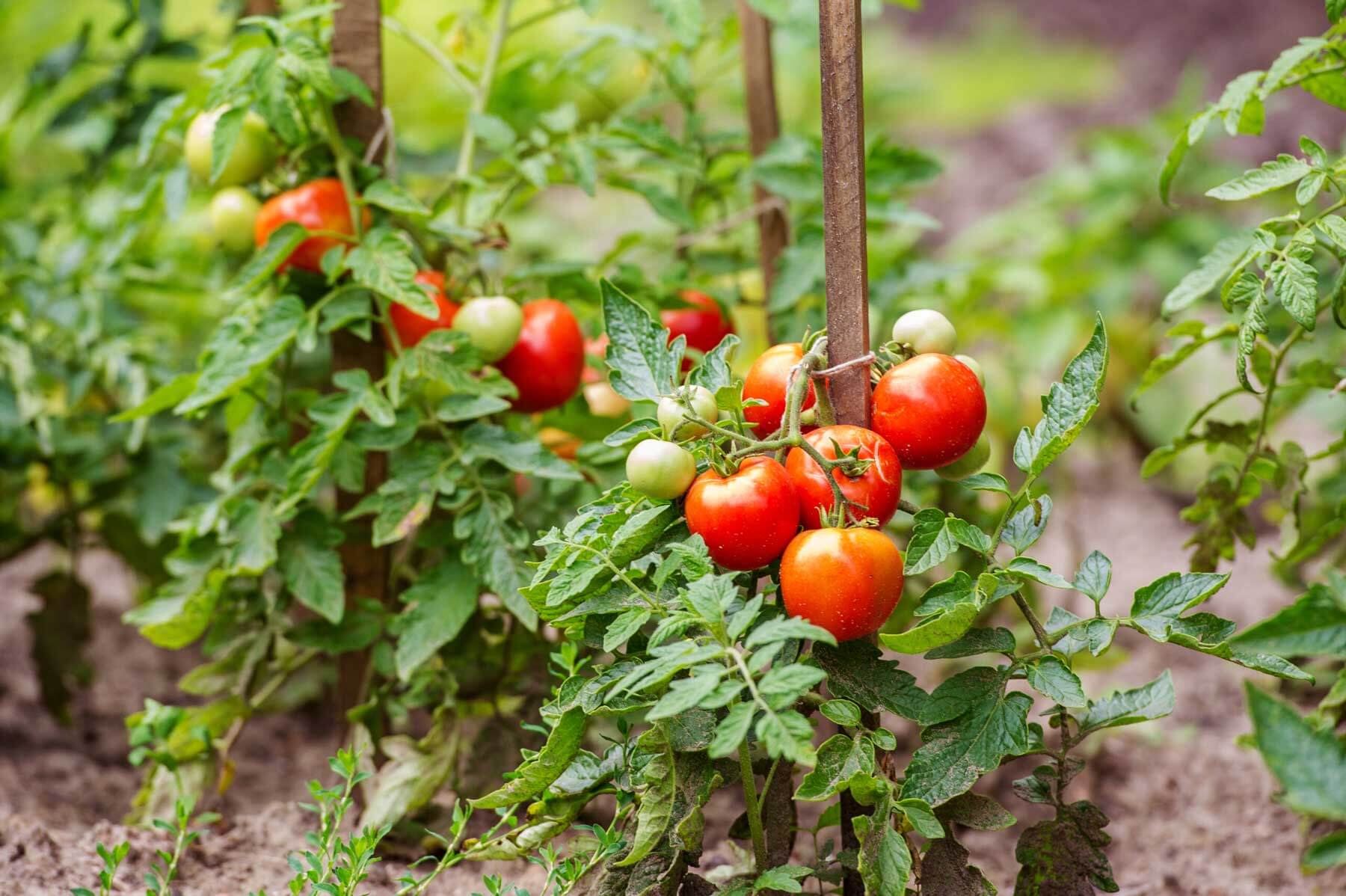

Garden Essentials
Crop Rotation: What To Plant After Tomatoes
Modified: March 16, 2024
Discover the best plants for your garden after tomatoes. Improve soil health and maximize crop yields with proper crop rotation techniques.
(Many of the links in this article redirect to a specific reviewed product. Your purchase of these products through affiliate links helps to generate commission for Storables.com, at no extra cost. Learn more)
Introduction
Gardeners are always on the lookout for ways to maximize the productivity and health of their plants. One important strategy in achieving this is crop rotation, a practice that involves systematically changing the types of crops grown in a specific area over time. Crop rotation has been used for centuries as a sustainable and effective way to manage pests, diseases, and soil fertility.
The concept of crop rotation is based on the principle that different plants have different nutrient requirements and are susceptible to different pests and diseases. By rotating the crops, gardeners can disrupt the life cycles of pests and diseases, reduce the build-up of pathogens in the soil, and maintain the fertility of the land.
While crop rotation is beneficial for all types of plants, it is particularly important when it comes to growing tomatoes. Tomatoes are notorious for being vulnerable to a variety of diseases such as early blight, late blight, and verticillium wilt. Additionally, growing tomatoes in the same spot year after year can deplete the soil of essential nutrients, leading to stunted growth and poor yields.
In this article, we will explore the importance of crop rotation, the factors to consider before choosing successor crops for tomatoes, the best crops to plant after tomatoes, crop rotation tips and techniques, as well as potential challenges and their solutions. Whether you are an experienced gardener or just starting out, understanding and implementing crop rotation techniques will help you achieve healthier, more productive plants and a thriving garden.
Key Takeaways:
- Crop rotation helps gardeners keep their plants healthy by changing the types of crops grown in a specific area over time, disrupting pest and disease cycles, and balancing nutrient levels in the soil.
- After growing tomatoes, gardeners can plant leafy greens, legumes, brassicas, alliums, cucurbits, root vegetables, and herbs to maintain soil fertility and promote a diverse and balanced garden ecosystem.
Read more: Crop Rotation: What To Plant After Carrots
Importance of Crop Rotation
Crop rotation is a vital practice for maintaining the long-term health and productivity of a garden. It offers numerous benefits that contribute to the overall success of your plants. Here are some of the key reasons why crop rotation is important:
1. Pest and Disease Management: One of the primary advantages of crop rotation is its ability to control pests and diseases. Different crops attract different pests and pathogens. By rotating crops, you disrupt the life cycles of these organisms, reducing their populations and minimizing the risk of infestation. For example, planting tomatoes in the same spot year after year can lead to a build-up of soil-borne diseases. By rotating tomatoes with crops that are not susceptible to the same diseases, you reduce the likelihood of infection.
2. Nutrient Management: Different crops have varying nutrient requirements. Some plants, like legumes, have the ability to fix nitrogen in the soil, while others may deplete specific nutrients. By rotating crops, you can balance nutrient levels in the soil and prevent nutrient imbalances or deficiencies. This helps maintain soil fertility, leading to healthier and more productive plants.
3. Weed Control: Crop rotation can also help manage weeds. Weeds often thrive in monoculture systems, where the same crop is grown in the same spot repeatedly. By alternating crops, you disrupt the life cycles of weeds and reduce their ability to establish and spread. Certain crops, such as cover crops, can also be strategically used during the rotation to suppress weed growth and improve soil structure.
4. Soil Health: Crop rotation plays a crucial role in maintaining soil health. Different crops have varying root structures, which interact with the soil in different ways. Some plants have deep, penetrating roots that help improve soil structure and drainage, while others have shallow roots that help prevent soil erosion. By rotating crops, you promote a diverse and healthy soil ecosystem, which in turn supports the growth of robust and resilient plants.
5. Biodiversity: Crop rotation encourages biodiversity in the garden. Growing a variety of crops, rather than focusing on a single type, attracts a wider range of beneficial insects, birds, and other organisms. These creatures help pollinate plants, control pests, and enhance overall garden health.
Incorporating crop rotation into your gardening practices can lead to long-term benefits for both your plants and the environment. It is an essential tool for sustainable gardening that promotes ecological balance and maximizes the health and productivity of your garden.
Factors to Consider Before Choosing Successor Crops
When planning your crop rotation strategy for after tomatoes, there are several important factors to consider. These factors will help you select the most suitable successor crops that will contribute to the overall health and productivity of your garden. Here are some key factors to keep in mind:
1. Crop Families: It is crucial to understand the different plant families and their relationships to ensure effective crop rotation. Avoid planting crops from the same family consecutively in the same area, as they often have similar nutrient requirements and are susceptible to the same diseases and pests. Tomatoes belong to the Solanaceae family, so it is important to avoid planting other Solanaceae crops, such as peppers or eggplants, in the same spot.
2. Nutrient Requirements: Consider the nutrient requirements of the successor crops. Some crops are heavy feeders, meaning they require a substantial amount of nutrients to thrive. Others are light feeders and have lower nutrient demands. By choosing crops with different nutrient requirements, you can ensure that the soil’s nutrient levels are balanced and prevent nutrient deficiencies or excesses.
3. Disease Resistance: Take into account the susceptibility of the successor crops to diseases prevalent in your area. It is advisable to choose crops that are resistant or tolerant to the diseases that commonly affect tomatoes. For example, if your tomatoes suffered from early blight, selecting crops like beans or corn, which are less susceptible to the disease, would be a wise decision.
4. Growth Habit and Root System: Consider the growth habit and root system of the successor crops. Some crops have deep taproots that break up compacted soil layers and improve soil structure, while others have shallow, fibrous roots. Alternating between crops with different root systems can help prevent soil compaction and promote better water and nutrient absorption.
5. Crop Maturity: Pay attention to the maturity period of the successor crops. Varying the maturity periods allows you to stagger harvest times, ensuring a continuous supply of fresh produce throughout the growing season. This also helps to prevent overwhelming gluts and manage the workload in the garden.
6. Crop Diversity: Aim for a diverse selection of successor crops. Incorporating a variety of vegetables, herbs, and even flowers in your crop rotation plan increases biodiversity and promotes a balanced garden ecosystem. Additionally, it can help attract a wider range of beneficial insects and minimize the risk of pest outbreaks.
By considering these factors when choosing successor crops for tomatoes, you can create a well-balanced crop rotation plan that maximizes plant health, minimizes pest and disease pressure, and ensures optimal soil fertility. Remember to keep records of your crop rotations and adjust them annually based on your garden’s specific needs and conditions.
Best Crops to Plant After Tomatoes
After harvesting your tomato crop, it’s important to choose suitable successor crops for effective crop rotation. The goal is to select crops that have different nutrient requirements, growth habits, and are not susceptible to the same diseases and pests as tomatoes. Here are some of the best crops to consider planting after tomatoes:
1. Leafy Greens: Leafy greens like lettuce, spinach, and kale are excellent choices for post-tomato planting. They are relatively easy to grow, have shallow roots, and are not prone to the same diseases as tomatoes. These crops provide a nutritious harvest and can be grown in both spring and fall seasons.
2. Legumes: Legumes, such as beans and peas, are nitrogen-fixing plants that add nitrogen back into the soil. This replenishes the nutrient levels depleted by the tomatoes and benefits the subsequent crops. Legumes also have the added advantage of improving soil structure and suppressing weeds.
3. Brassicas: Brassicas, including broccoli, cauliflower, and cabbage, are excellent choices for crop rotation after tomatoes. They have different nutrient requirements and are less susceptible to tomato diseases. These crops can thrive in slightly cooler temperatures, making them ideal for planting in the fall season.
4. Alliums: Alliums, such as onions, garlic, and leeks, are great choices for crop rotation after tomatoes. They have compact root systems that do not compete heavily with tomatoes’ deep roots. Alliums also have natural fungicidal properties that can help reduce the risk of soil-borne diseases.
5. Cucurbits: Cucurbits like cucumbers, zucchini, and pumpkins are suitable for planting after tomatoes. These crops have different nutrient requirements and are not prone to the same tomato diseases. However, it’s important to keep cucurbits away from tomatoes if you’ve had issues with fungal diseases like powdery mildew.
6. Root Vegetables: Root vegetables like carrots, beets, and radishes make excellent post-tomato crops. They have different root structures that help break up compacted soil, improve soil aeration, and promote healthy root development. These crops are also generally resistant to tomato diseases.
7. Herbs: Herbs, such as basil, oregano, and thyme, can be great additions to your post-tomato garden. They not only add flavor to your culinary creations but also attract beneficial insects and help deter pests. Plus, growing herbs allows you to explore the world of fresh, homegrown seasonings.
Remember to rotate these crops systematically, avoiding planting the same family of crops in the same spot year after year. By diversifying your garden with these successor crops, you will promote a healthy and balanced garden ecosystem, reduce the risk of disease, enhance soil fertility, and enjoy a diverse harvest throughout the growing season.
After growing tomatoes, plant crops like beans, peas, or leafy greens to replenish the soil with nutrients and reduce the risk of disease. Avoid planting tomatoes or other nightshades in the same spot for at least 2-3 years.
Crop Rotation Tips and Techniques
Crop rotation is a valuable technique that can help improve soil health, manage pests and diseases, and optimize crop yields. To make the most of this practice, consider the following tips and techniques:
1. Plan a Crop Rotation Schedule: Develop a long-term crop rotation plan that spans several years. This ensures that crops are rotated systematically, preventing the buildup of pests and diseases specific to a certain crop or family. Consider the nutrient requirements, growth habits, and disease susceptibility of each crop when deciding on the rotation sequence.
2. Group Crops into Families: Familiarize yourself with the plant families in your garden and group crops accordingly. Avoid planting crops from the same family in the same area consecutively. This helps to break the life cycles of pests and diseases that target specific plant families.
3. Incorporate Cover Crops: Utilize cover crops during periods when the main crops are not growing. Cover crops, such as clover or rye grass, can be sown to protect and enrich the soil. They help prevent erosion, suppress weeds, and add organic matter when turned into the soil.
4. Consider Succession Planting: Practice succession planting to make the most of your garden space and extend the growing season. After harvesting an early-maturing crop, replant the area with a different crop that can thrive in the remaining season. This maximizes productivity and ensures continuous harvests throughout the year.
5. Maintain Good Record-Keeping: Keep track of the crops planted in each bed or area of your garden. This helps you avoid repeating the same crops in the same spot and allows you to rotate more effectively. Use a garden journal or layout map to document each year’s crop rotation plan.
6. Incorporate Green Manure: Green manure crops, such as legumes or brassicas, can be planted specifically to improve soil fertility. These crops are grown with the intention of being turned into the soil, adding nutrients and organic matter. Green manure also helps suppress weeds and alleviate compaction.
7. Practice Year-Round Crop Diversity: Aim to have diverse crops growing in your garden throughout the year. Varying the types of plants grown helps prevent the buildup of pests and diseases, attracts a wider range of beneficial insects, and enhances overall garden health.
8. Focus on Soil Health: Pay attention to soil health by adding compost, organic matter, and mulch regularly. Healthy soil provides the foundation for successful crop rotation, as it has better nutrient availability, improved drainage, and enhanced microbial activity.
9. Monitor and Rotate for Pest and Disease Control: Stay vigilant and observe your plants regularly for signs of pests and diseases. If a specific issue arises, adapt your crop rotation plan to break the life cycles of the pests or diseases involved. Adjusting your rotation based on specific challenges helps to manage and reduce pest and disease pressure.
Crop rotation is a dynamic process that requires planning, observation, and adaptation. By implementing these tips and techniques, you can ensure a successful rotation system that improves soil health, minimizes pest and disease problems, and yields healthy crops year after year.
Potential Challenges and Solutions
While crop rotation offers numerous benefits, it can also present certain challenges. Understanding and addressing these challenges will help you overcome any obstacles and ensure the success of your crop rotation system. Here are some potential challenges and their solutions:
1. Limited Garden Space: If you have limited garden space, it can be challenging to implement a complex crop rotation plan. In such cases, focus on rotating crops between different areas or utilize container gardening to rotate crops on a smaller scale. Consider choosing compact or vertical-growing varieties to maximize space efficiency.
2. Lack of Crop Diversity: Planting the same crops repeatedly, particularly within the same family, can lead to a lack of diversity. To overcome this challenge, explore new types of crops, experiment with heirloom or specialty varieties, and incorporate herbs or edible flowers into your garden. This diversification enhances the overall health and resilience of your garden ecosystem.
3. Soil Imbalances: Continuous cropping of one type of plant can lead to nutrient imbalances or depletion of specific nutrients in the soil. Regularly amend the soil with organic matter, compost, or well-balanced organic fertilizers to replenish nutrients and maintain soil fertility. Soil testing can help identify any imbalances and guide you in making necessary adjustments.
4. Pests and Diseases: Even with proper rotation, pests and diseases can still affect your crops. Monitor plants regularly for signs of pest infestation or disease symptoms. Employ cultural practices like proper spacing, good sanitation, and timely watering to minimize pest and disease pressure. If problems persist, consider using organic pest control methods or resistant varieties.
5. Timing and Scheduling: Timing is crucial in crop rotation to ensure that each crop has enough time to grow and mature. Consider the specific growing requirements, maturity dates, and climate conditions of your crops to determine the best timing for rotation. Create a planting calendar or use online resources that provide guidance on ideal planting schedules for different crops in your region.
6. Crop Rotation Awareness: It can be challenging to remember the specific crop rotation sequence, especially if you have a large garden or multiple beds. Use visual aids like garden markers, labels, or color-coded planting plans to help you keep track of the crop rotation schedule. Utilize technology such as gardening apps or spreadsheets to assist in recording and organizing your rotation plans.
7. Adapting to Changing Conditions: Weather patterns, climate change, and new pests or diseases may require adjustments to your planned crop rotation. Stay informed about local conditions and adapt the rotation schedule as needed. Be flexible and willing to experiment with different crops or varieties that are better suited to the changing environment.
8. Knowledge and Experience: Crop rotation may be challenging for beginners who are not familiar with different crops and their specific requirements. Expand your gardening knowledge through books, online resources, or by connecting with experienced gardeners. Joining local gardening groups or participating in workshops can provide valuable insights and guidance on successful crop rotation practices.
By anticipating and addressing these challenges, you can overcome obstacles and cultivate a thriving garden through effective crop rotation. With experience, patience, and a willingness to adapt, you will enjoy the benefits of healthier plants, increased yields, and a more sustainable garden ecosystem.
Conclusion
Crop rotation is a fundamental practice for any gardener seeking to optimize plant health, manage pests and diseases, and ensure long-term soil fertility. By systematically rotating crops in your garden, you can disrupt pest and disease cycles, balance nutrient levels, improve soil structure, and create a diverse and thriving ecosystem.
After understanding the importance of crop rotation, considering factors for choosing successor crops, exploring the best crops to plant after tomatoes, and learning tips and techniques to implement an effective rotation system, you are well-equipped to embark on this sustainable gardening journey. Remember to plan a crop rotation schedule, group crops into families, incorporate cover crops and green manure, and maintain good records to track your rotation efforts.
While some challenges may arise, such as limited garden space, soil imbalances, pests, diseases, timing, and knowledge gaps, there are practical solutions to address them. Utilize creative strategies to maximize space, diversify crops, amend the soil, implement pest control measures, adapt to changing conditions, and continuously expand your gardening knowledge.
By implementing crop rotation, you can enjoy a plethora of benefits, including improved soil health, reduced pest and disease pressure, increased resilience in your garden, and a more bountiful harvest. Not only will you reap the rewards of healthier plants and higher yields, but you will also contribute to the overall sustainability and productivity of your garden ecosystem.
As you embark on your crop rotation journey, remember to seize the opportunity to explore new crops, experiment with different varieties, and discover the joy of growing a diverse range of vegetables, herbs, and flowers. With patience, observation, and a willingness to adapt, you will cultivate a flourishing garden that brings you joy, nourishment, and a deeper connection to the natural world.
So take a leap into the world of crop rotation and witness the remarkable transformations that this practice can bring to your garden. Happy rotating!
Frequently Asked Questions about Crop Rotation: What To Plant After Tomatoes
Was this page helpful?
At Storables.com, we guarantee accurate and reliable information. Our content, validated by Expert Board Contributors, is crafted following stringent Editorial Policies. We're committed to providing you with well-researched, expert-backed insights for all your informational needs.







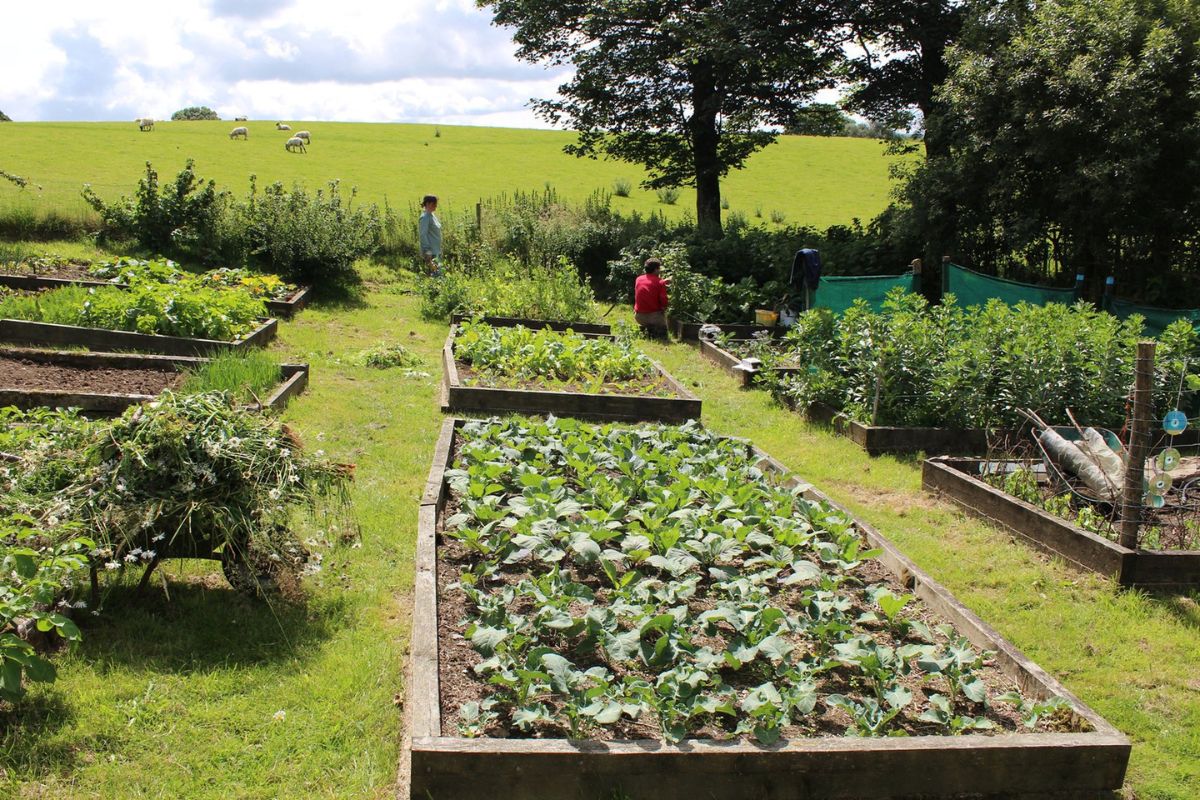
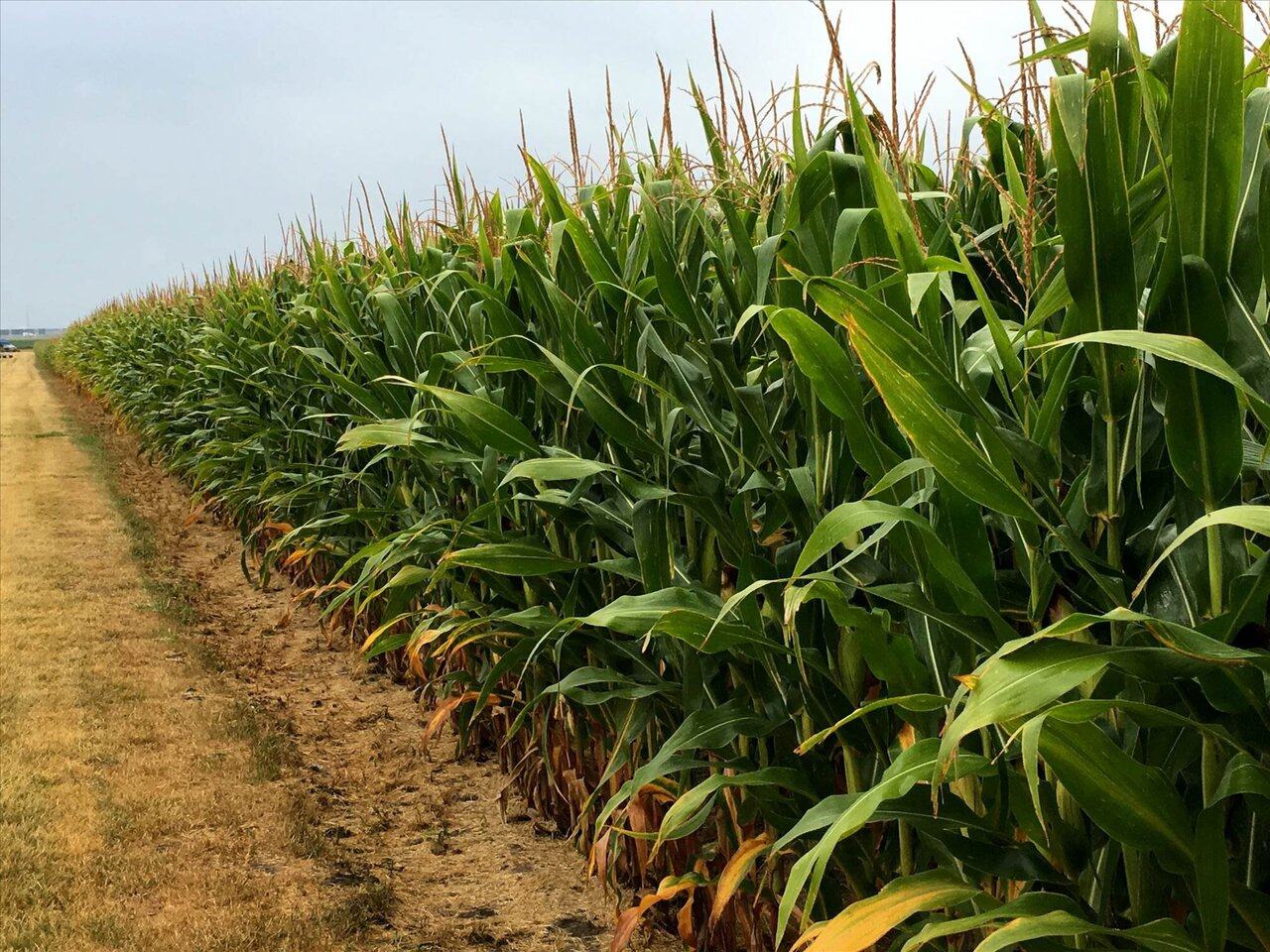
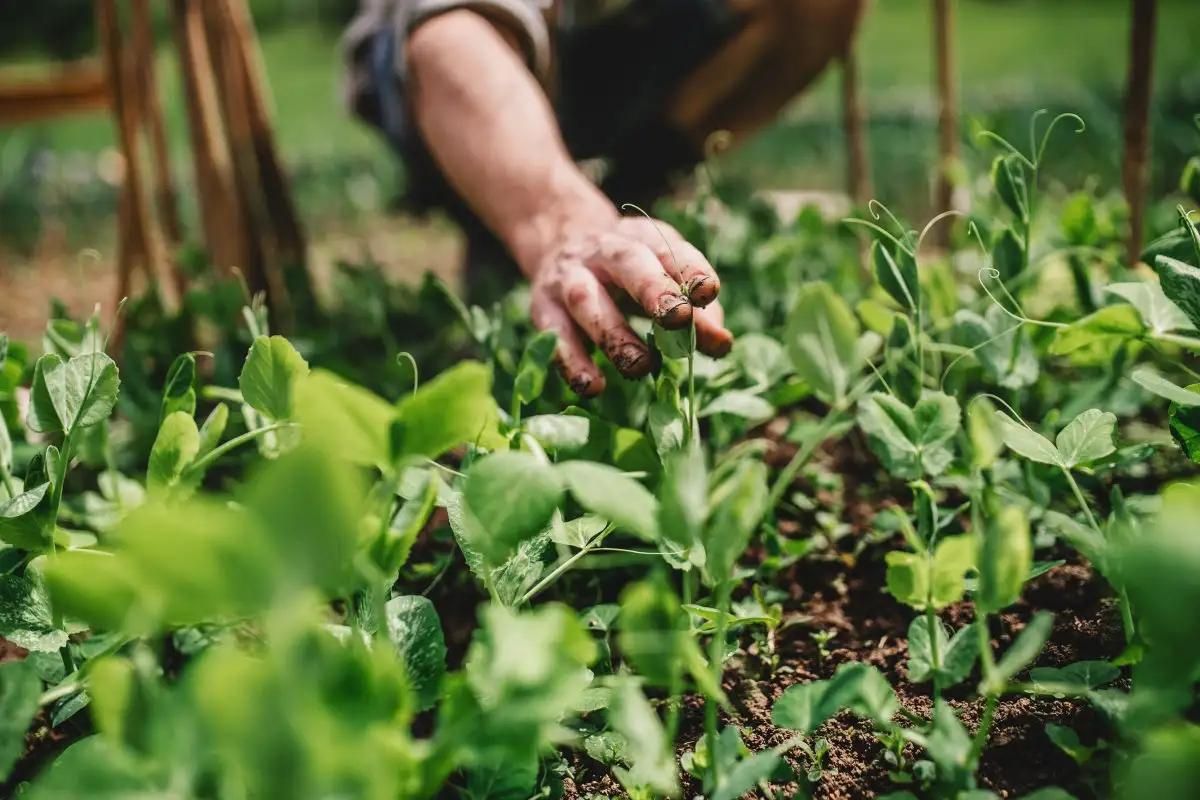
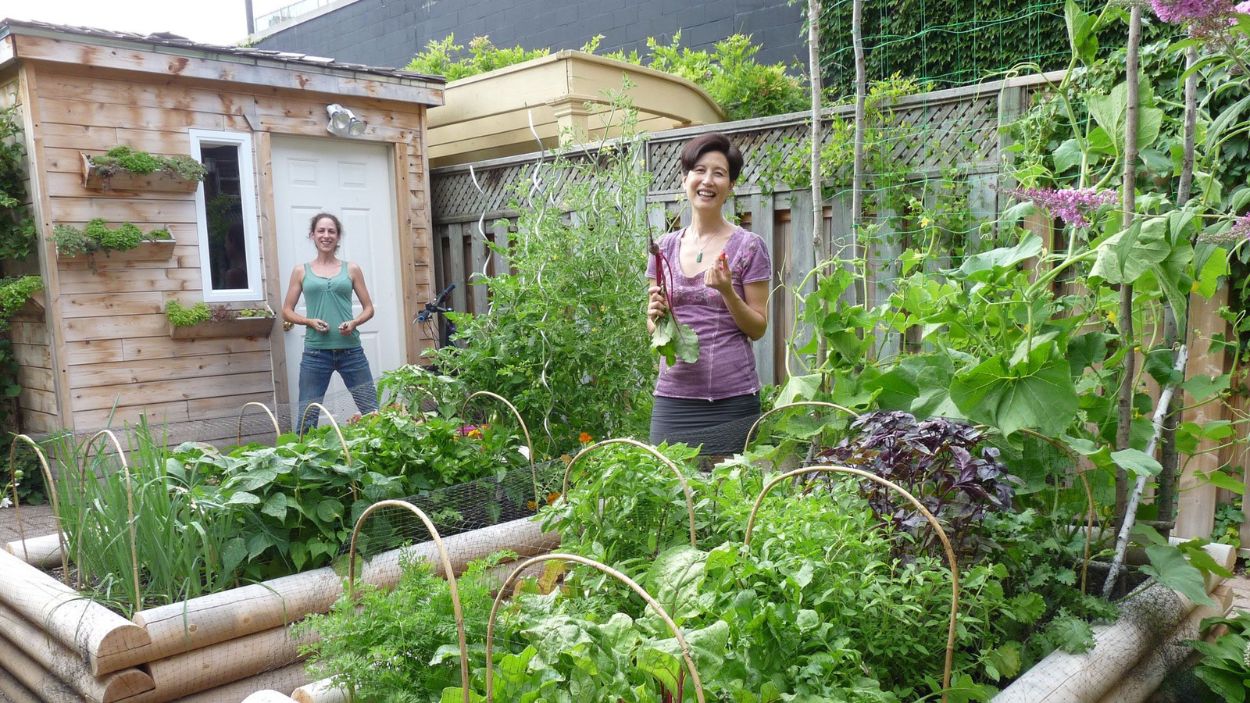
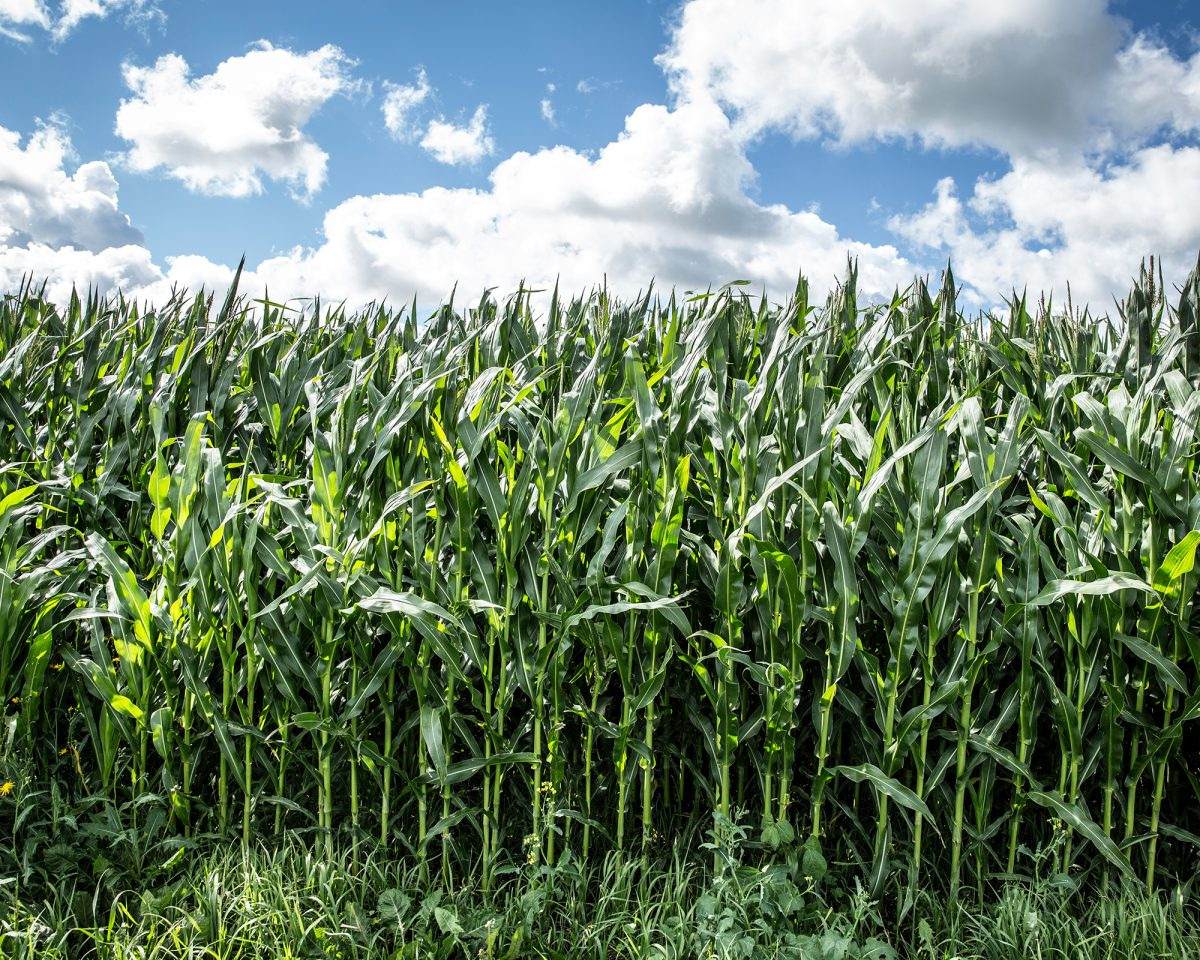
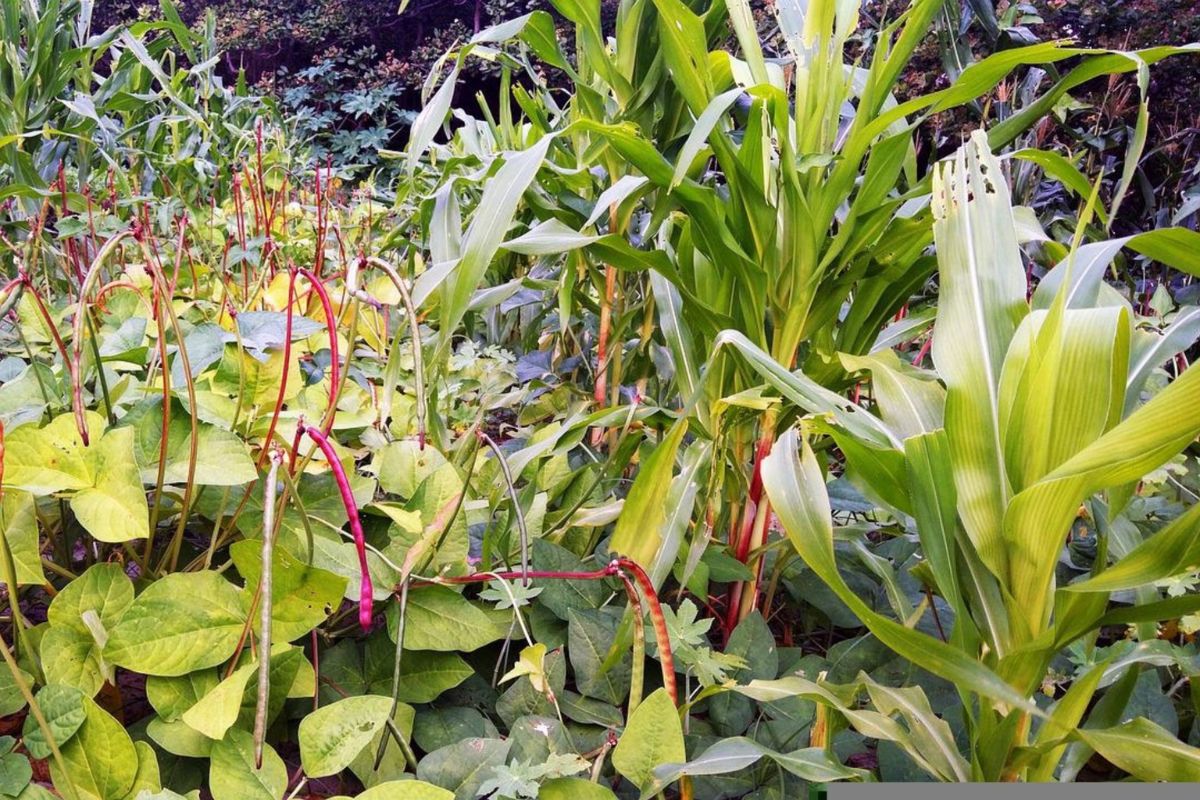


0 thoughts on “Crop Rotation: What To Plant After Tomatoes”